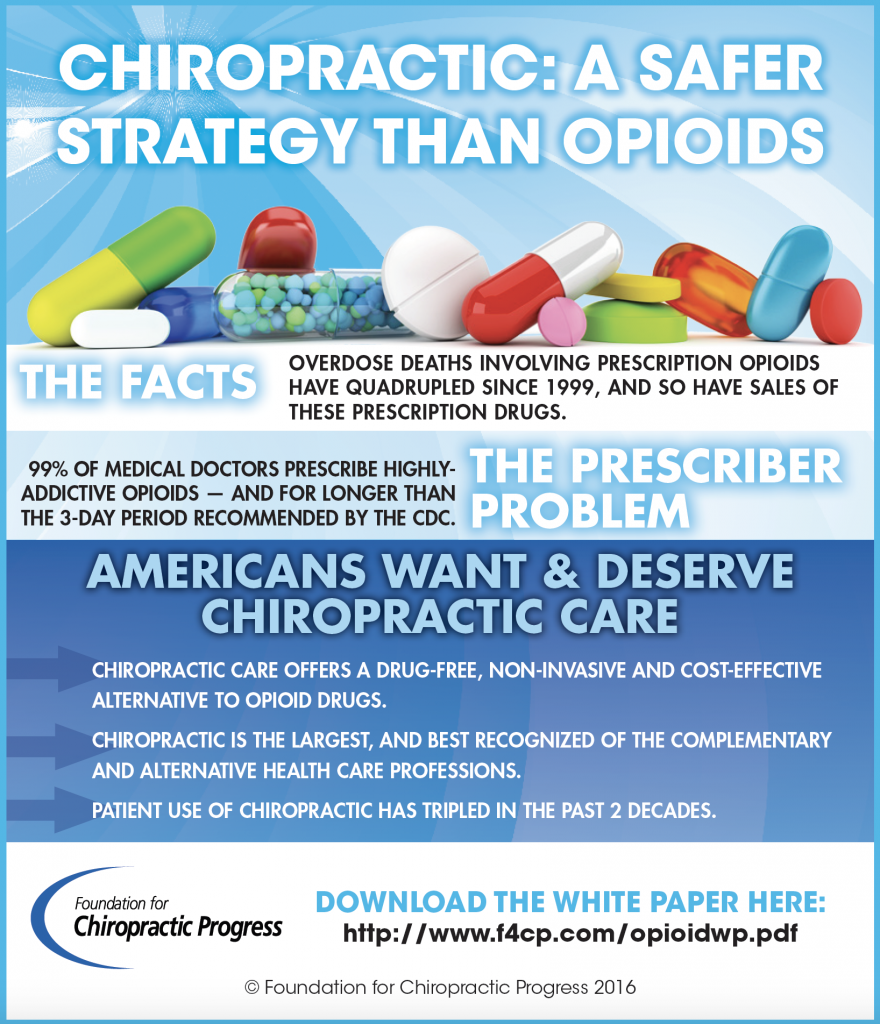Prepare Yourself To Reveal The Exciting Mobile Communications Connected With Cold Laser Treatment And Its Utilization Of Light For The Function Of Healing. Discover The Depths Of Science Also Better!
Prepare Yourself To Reveal The Exciting Mobile Communications Connected With Cold Laser Treatment And Its Utilization Of Light For The Function Of Healing. Discover The Depths Of Science Also Better!
Blog Article
Team Author-Bendix Roman
You may have become aware of cold laser treatment as an encouraging therapy option for various problems, however have you ever before questioned how it in fact services a cellular level? Recognizing the mechanisms behind this therapy can clarify its performance in promoting recovery and reducing swelling. By discovering the science behind cold laser treatment, you'll gain insights into the remarkable methods which light can influence mobile procedures and assist in cells fixing.
Just How Cold Laser Treatment Works
To recognize exactly how cold laser treatment works, you require to understand the fundamental principles of just how light energy communicates with organic cells. Cold laser therapy, additionally known as low-level laser therapy (LLLT), uses specific wavelengths of light to penetrate the skin and target underlying cells. Unlike the extreme lasers used in surgical procedures, cold lasers emit low degrees of light that do not create warmth or trigger damage to the tissues.
When these mild light waves get to the cells, they're absorbed by elements called chromophores, such as cytochrome c oxidase in mitochondria. This absorption causes a series of organic reactions, including enhanced cellular energy production and the launch of nitric oxide, which improves blood circulation and lowers swelling.
Furthermore, the light energy can likewise stimulate the manufacturing of adenosine triphosphate (ATP), the power currency of cells, aiding in cellular repair and regeneration procedures.
Basically, cold laser therapy uses the power of light power to promote healing and ease discomfort in a non-invasive and gentle way.
Mechanisms of Action
Exactly how does cold laser treatment actually function to create its therapeutic effects on organic tissues?
https://www.medicalnewstoday.com/articles/laser-treatment-for-rosacea , likewise known as low-level laser treatment (LLLT), runs with a procedure called photobiomodulation. When the cold laser is related to the skin, the light energy passes through the cells and is taken in by chromophores within the cells.
These chromophores, such as cytochrome c oxidase in the mitochondria, are then boosted by the light power, resulting in a cascade of biological reactions. One vital system of action is the improvement of mobile metabolism.
The taken in light power enhances ATP manufacturing in the mitochondria, which is important for mobile feature and fixing. Furthermore, laser therapy for acne aids to lower swelling by hindering inflammatory conciliators and promoting the release of anti-inflammatory cytokines.
This anti-inflammatory effect contributes to discomfort relief and tissue recovery.
Therapeutic Effects
Recognizing the restorative impacts of cold laser therapy includes acknowledging how the boosted cellular metabolic process and anti-inflammatory properties contribute to its favorable end results on biological cells.
When the cold laser is related to the damaged area, it stimulates the mitochondria within the cells, causing increased production of adenosine triphosphate (ATP), which is crucial for mobile feature and repair. This increase in cellular energy increases the healing procedure by promoting cells regrowth and decreasing swelling.
Furthermore, the anti-inflammatory properties of cold laser treatment aid to decrease discomfort and swelling in the targeted area. By inhibiting inflammatory arbitrators and advertising the launch of anti-inflammatory cytokines, cold laser therapy aids in minimizing discomfort and boosting the general recovery feedback.
This decrease in inflammation not just supplies instant alleviation but additionally supports long-term cells repair service.
Conclusion
To conclude, cold laser treatment functions by stimulating mobile repair service and tissue regeneration through photobiomodulation. Its anti-inflammatory homes provide discomfort relief and reduce swelling by inhibiting inflammatory conciliators.
This treatment offers a comprehensive approach to recovery, delivering both prompt relief and long-term cells repair work benefits.
With its systems of action, cold laser therapy shows to be an effective and promising therapy option for a variety of conditions.
